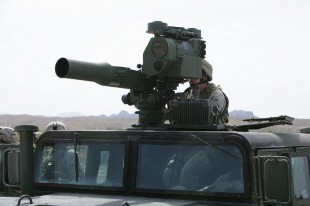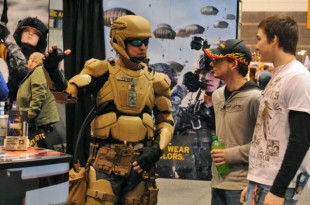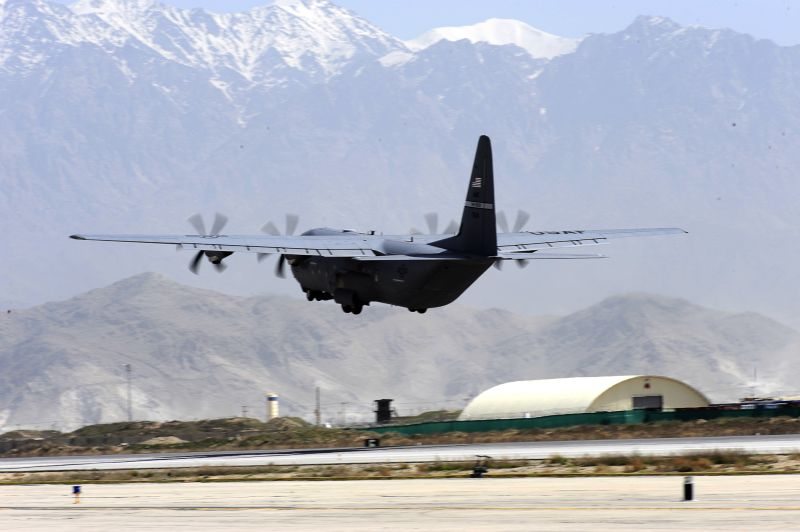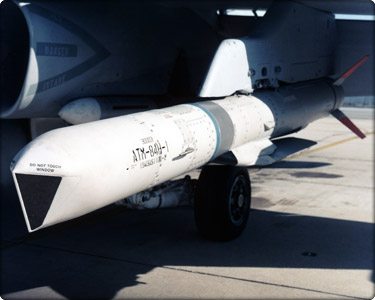The United States plans to spend billions to upgrade a decades-old atomic bomb designed to stop a Soviet invasion of Europe, as part of a controversial project to modernize its nuclear arsenal.
Some lawmakers and experts dismiss the effort as a colossal waste of money that could derail arms control talks with Russia.
But top commanders and government officials argue the B61 nuclear gravity bomb needs to be maintained so other weapons can be scrapped and to ensure America retains a “credible” force.
| An undated file picture shows a B-2 Spirit Bomber dropping a B61-11 bomb casing from an undisclosed location. |
“The B61 is the only weapon in the stockpile that fulfills both tactical and strategic missions,” General Robert Kehler, head of Strategic Command, told a congressional hearing last week.
Designed as a short-range “tactical” weapon to deter Soviet forces from overrunning Western Europe, the bomb has been in service for the US Air Force since the 1970s.
There are five versions of the bomb, which has an estimated yield of 0.3 to 360 kilotons, equivalent to 360,000 tons of TNT.
Washington removed thousands of tactical atomic weapons from Europe after the Cold War ended. But 180 of the B61 bombs remain in Europe, the only American nuclear weapon still deployed on the continent, at NATO bases in Germany, Belgium, Italy, the Netherlands and Turkey.
Under President Barack Obama’s planned upgrade, the various models of the bomb would be replaced by a modified version, the B61-12, which would have a smaller yield and more accuracy.



,+HEAT,+and+HE-FRAG+125+mm+ZPT98+digital+battlefiel+(4).jpg)























